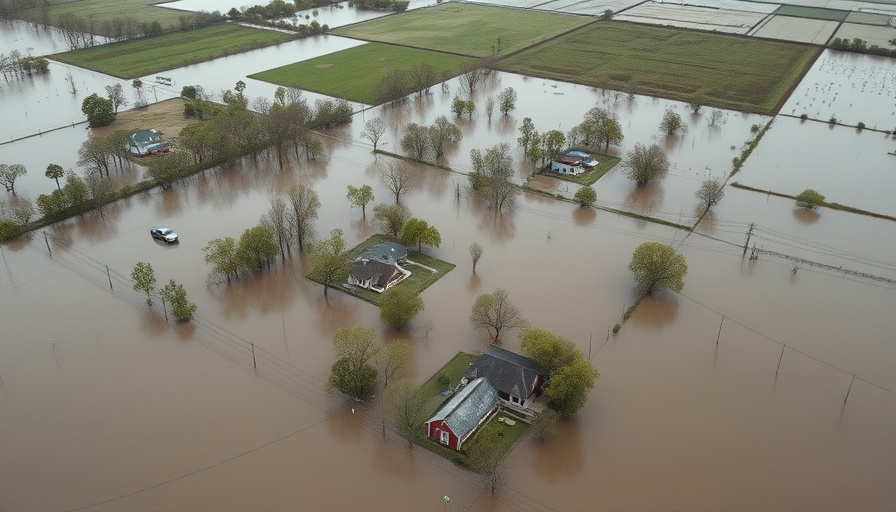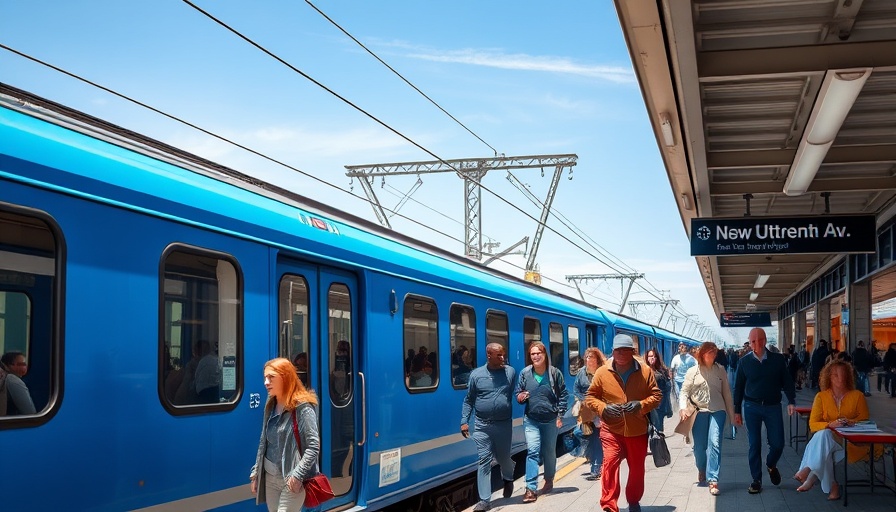
Can Dams Truly Enhance Safety on the Guadalupe River?
The Guadalupe River, a beautiful but often unpredictable waterway, raises a crucial question—can the construction of dams truly enhance its safety? This question comes at a time when environmental factors and urban growth collide, leading to flooding and other hazards that pose risks to life and property. Thus, the conversation around dam construction isn’t just about creating a pleasant landscape; it's about real, tangible safety measures that ensure the wellbeing of nearby communities.
Understanding How Dams Work to Prevent Flooding
To grasp the potential benefits of dams, you must first understand their modus operandi. Dams act as barriers that control water flow and manage storm surges. They work by trapping excess water during heavy rainfall, then gradually releasing it in a controlled manner. This not only prevents flooding but also ensures a steady water supply for recreational use and agriculture. However, the situation is not simply black and white; the installation of dams has socioeconomic and environmental repercussions that merit serious consideration.
The Cost-Benefit Dilemma of Dam Construction
Building a dam is a substantial financial commitment, raising questions for clients of commercial construction companies about return on investment. While the upfront costs can be daunting—potentially exceeding millions in material and labor expenses—the long-term benefits, such as reduced flooding damage and potential increases in property values due to enhanced safety, can offset these initial investments.
Furthermore, integrating advanced construction technologies such as smart sensors can streamline project efficiency and mitigate costs, making the dams not just a physical barrier, but a technological marvel. For instance, smart monitoring systems could oversee water levels in real-time, providing data that could fine-tune water release schedules, maximizing efficiency.
Environmental Impact and Public Opinion
The construction of dams doesn’t come without its environmental challenges. Critics often point out that building dams can disrupt local ecosystems, affecting fish populations and altering the natural flow of rivers. This raises an essential point: it’s vital that these projects consider environmental impacts seriously. Engaging with local communities and stakeholders can lead to strategies for eco-friendly constructions, such as fish ladders and modified flow patterns that preserve habitats while enhancing safety.
Public sentiment also plays a critical role in the viability of dam projects. If communities perceive that dams will make their environments healthier and safer, they may be more supportive, potentially fast-tracking the permitting process. Conversely, if the perception is negative, it can lead to vehement opposition, delaying crucial safety measures.
Diving into Future Predictions: What Lies Ahead?
Looking forward, the integration of sustainable building practices into dam construction is essential. Innovative solutions, such as flexible dam designs that can adapt to climate changes, could revolutionize how we approach these projects. Furthermore, predictive modeling and simulations can help engineers anticipate environmental and hydrological changes that may necessitate additional safeguards, ensuring the dams remain effective under evolving conditions.
Take Action: Building a Safer Future
As clients in the commercial construction industry consider their next projects, understanding the implications of dam construction on safety, community support, and environmental factors will be paramount. Engaging in discussions with stakeholders, exploring innovative technologies, and considering both costs and benefits will position companies to not only meet engineering and safety standards but exceed them.
Implementing dams in a thoughtful manner could pave the way for a safer future along waterways like the Guadalupe River. As we move forward, it’s crucial to weigh both the benefits and risks, ultimately choosing solutions that enhance community safety while nurturing the environment.
 Add Row
Add Row  Add
Add 




Write A Comment